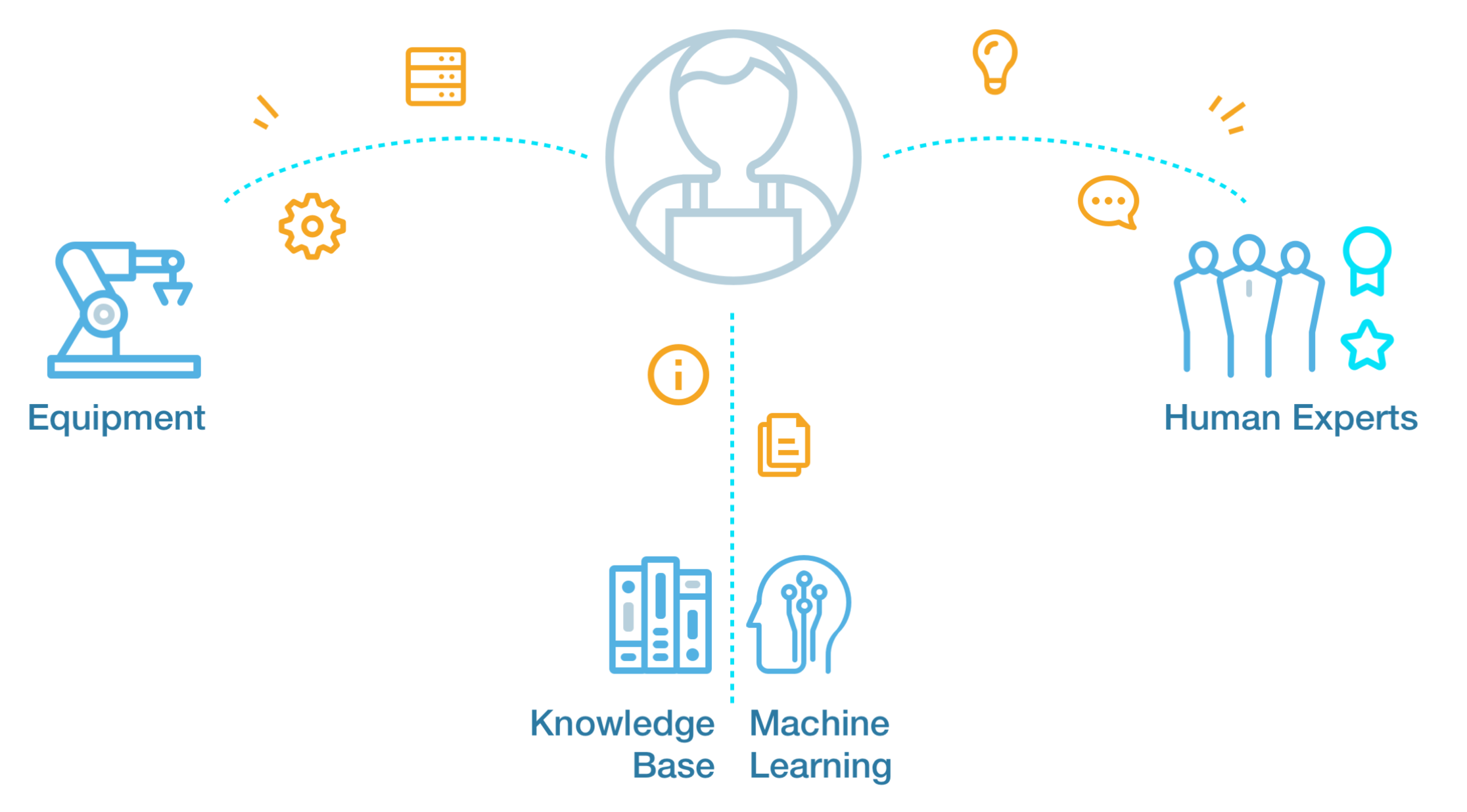If you have watched the show Who Wants to be a Millionaire, you can appreciate the plight of the contestant who is on the hot seat. Sitting nervous in front of millions of viewers and a live audience, the player has to answer tough questions for a shot at a million dollars.
The situation of a field service technician, when he or she is at the customer site to fix an equipment issue is not much different. The customer, experiencing equipment downtime and work disruption, is anxious get the issue resolved. The field service management is looking for better first-time fix rates and fast issue resolution to in order to achieve service efficiencies.
Experiencing pressure from multiple fronts, the service engineer has to identify the issue, formulate a work plan and resolve the issue to reduce the effect of the downtime. According to a study by ServiceMax, an unplanned downtime event lasts 4 hours and can cost as much as $2M in lost productivity. He needs to get it right the first time and on time.
The player on Who Wants to be a Millionaire does have a luxury the service engineer often does not. She has three lifelines to depend on for guidance when needed. In most field service organizations, there are no formal processes in place for helping the service team member when he is at the customer site. He is left to his to his own devices to identify and resolve issues. This lack of a formal support mechanism becomes an even bigger problem for new team members who most of the time have limited training and experience.
So what are the most effective ways to make support available to service teams when they are out fixing equipment issues? What can service management do to make the right support available?
Empowering field service teams with the right tools for issue identification and resolution can reduce service costs and improve customer satisfaction. The following three tools can become the lifelines field teams need to efficiently troubleshoot customer issues and resolve them.

Self support, delivered effectively using the right medium and technology, is the fastest way to make help available to field teams. Chatbots can offer fast response times and first call resolution, 24x7x365. According to Chatbots Magazine, businesses can reduce service costs by up to 30% by implementing conversational solutions like chatbots.
Context specific recommendations and AI powered chatbots help automate many tasks including, but not limited to:
Studies show that it's realistic to aim to deflect between 40% - 80% of common service inquiries to chatbots.
Most service teams rely on emails, personal phone calls, or personal messaging to get help when they need to fix issues at the job site. Lack of a reliable support mechanism not only affects the efficiency of engineers but also eliminates the possibility of capturing valuable data from the field. A well designed remote assistance should have the following components:
While more equipments are becoming IoT enabled and monitored using sensors, real-time and user friendly access to data for troubleshooting purposes at the customer site is still an issue. Making the right sensor and other equipment data available while the service engineer is at the site is critical to timely problem identification. Moreover, the engineer should be able share the data seamlessly with other team members and product specialists who can help identify and resolve issues.
Implementing a formal support system with well designed lifelines for service teams has many benefits in addition to improved service metrics and customer satisfaction.
Ultimately, implementation of a support system is NOT JUST ANOTHER WAY of doing things. Done well, a field support system can become a competitive advantage and take the field service organization to the next level by becoming highly efficient and customer centric .